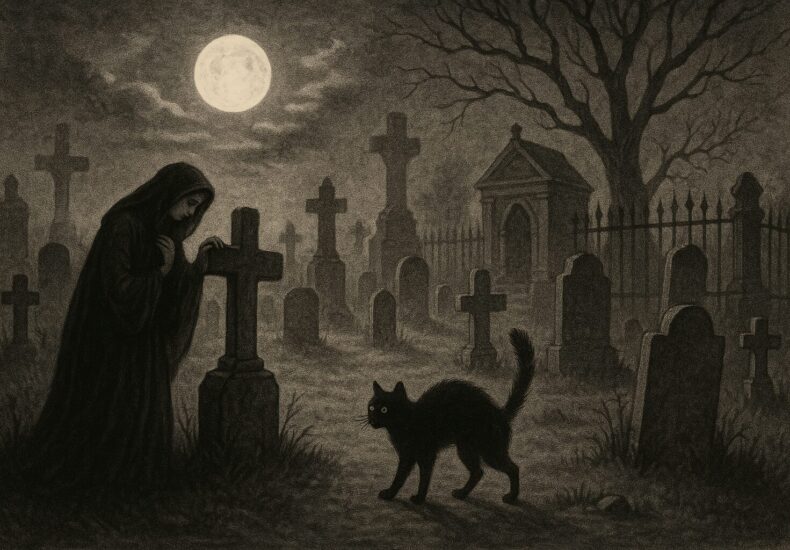
Cemetery Superstitions: What Not to Do Among the Dead
Cemeteries are more than resting places—they’re crossroads between the living and the dead, steeped in rituals, silence, and superstition. For centuries, people around the world have tiptoed through graveyards with whispered warnings and unspoken rules. But what happens if you break one? In this article, we explore the most intriguing cemetery superstitions—and what not to do when you find yourself among the departed.
Contents
Why We Tiptoe Through the Tombstones
Have you ever felt a sudden chill while walking through a cemetery—even on a sunny day? Or maybe you instinctively held your breath as you passed by a graveyard at night.
Superstitions surrounding cemeteries are older than most of the stones themselves. Across cultures and continents, we’ve created a long list of dos and don’ts when it comes to the dead—and they’re not just rooted in fear, but also in reverence, tradition, and the human desire to protect ourselves from the unknown.
But where did these eerie customs come from? And which ones should you avoid breaking, lest you invite a ghostly guest back home with you? Let’s walk (respectfully) among the graves and dig into the most chilling cemetery superstitions from around the world—and what not to do when you find yourself among the dead.
1. Don’t Whistle in a Graveyard
It might seem like a harmless habit or a way to pass the time on a stroll, but whistling in a cemetery is considered a big no-no in many cultures. The belief? That whistling attracts spirits—especially the mischievous or malevolent kind.
In folklore, whistling is sometimes associated with summoning otherworldly entities, like the wind carrying your song straight into the underworld.
Even today, many people report strange feelings or unexplainable events after whistling among headstones. Whether you believe in spirits or not, it might be wise to save your tune for another setting.
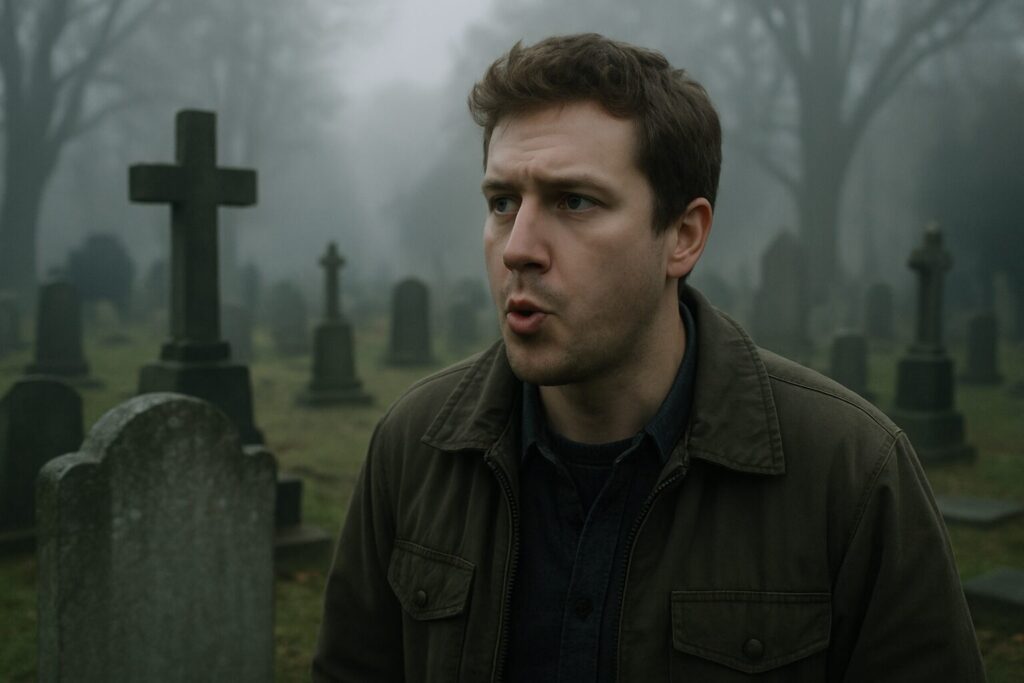
2. Never Step Over a Grave
This one’s a universal taboo. Walking or stepping over someone’s grave is not only seen as disrespectful but is also thought to bring bad luck—or worse, spiritual attachment.
In Appalachian folklore, doing so can “wake” the dead. In parts of Europe, it’s believed the soul still resides with the body for a period after death. Stepping over a grave disturbs that peace and invites misfortune. It’s also simply a matter of respect—think of it as walking over someone’s bed while they’re still lying in it.
So when navigating a crowded cemetery, stick to the paths. The dead deserve some personal space too.
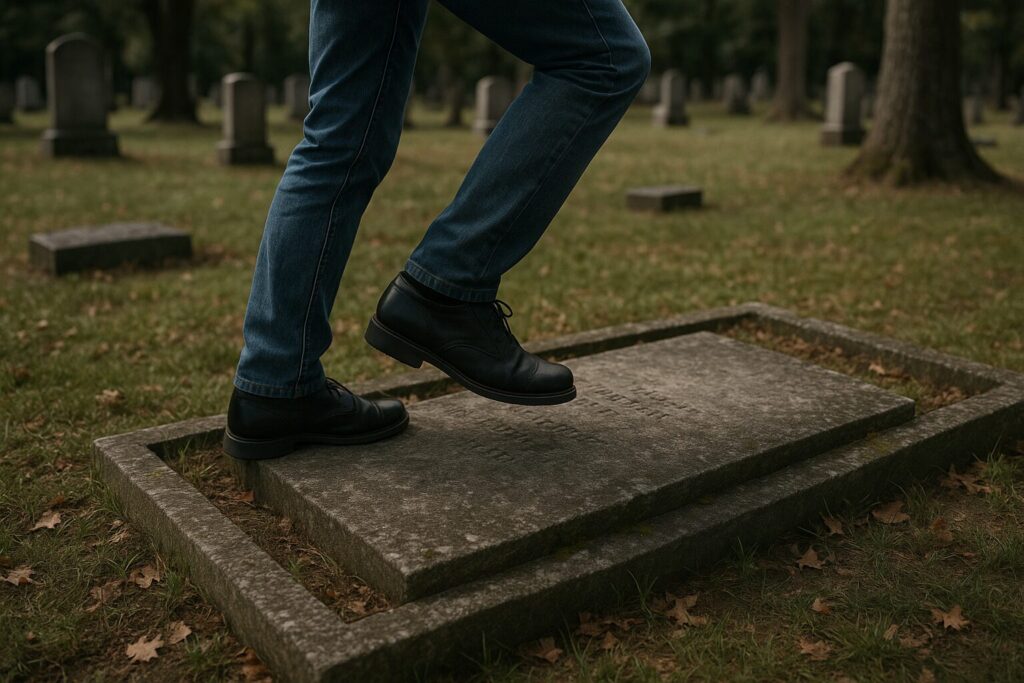
3. Don’t Take Anything From a Graveyard
Not even a pebble, a flower, or a tiny piece of moss—seriously. Taking anything from a cemetery is thought to be an invitation for bad luck, or for a spirit to follow you home. The logic is simple: what lies in a graveyard belongs to the dead. Disturbing the environment is akin to theft, and many superstitions warn of ghostly retribution.
In some traditions, this belief extends to souvenirs from famous graves. Tourists who pocket stones from Highgate or tokens from Père Lachaise often find themselves mailing them back with letters of apology, claiming they’ve been haunted or plagued by misfortune since.
Bottom line? Admire, photograph, appreciate—but don’t take.
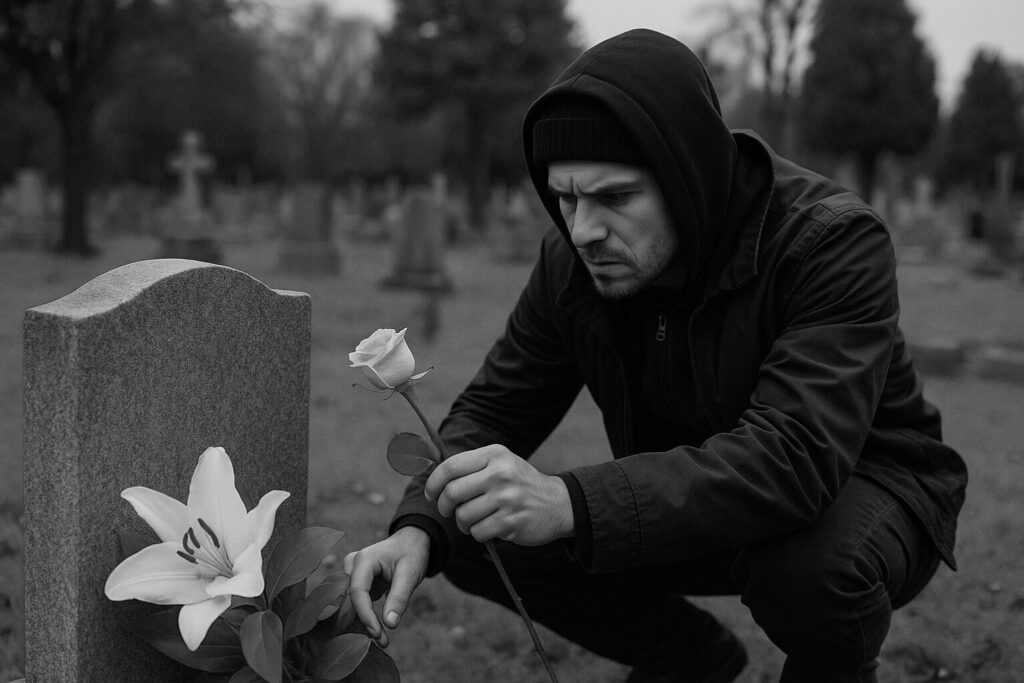
4. Don’t Point at Graves
This might seem trivial, but pointing at graves is often viewed as impolite—or downright dangerous. In some cultures, it’s believed that pointing at a grave disrespects the dead and could result in your own soul being “marked.”
In African-American and Afro-Caribbean traditions, pointing at a grave could cause your finger to wither or your hand to tremble. In Mexico, children are taught to clasp their hands or kiss their finger if they accidentally point toward the dead, as a sign of apology and protection.
So if you want to show someone an interesting gravestone, use your whole hand, or better yet, guide them verbally.
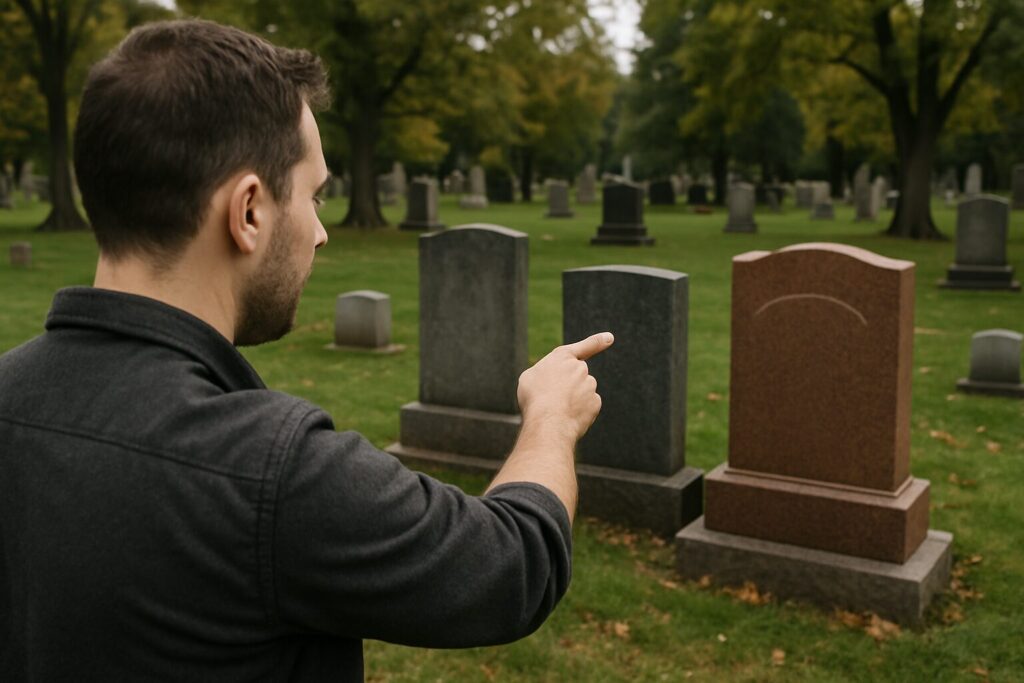
5. Avoid Visiting Cemeteries at Night
Yes, it’s when ghost stories come to life—but also when many cultures say the boundary between the living and the dead becomes thinnest. Night visits are often discouraged because spirits are more “active” after dark. In traditional Chinese belief, the ghost realm is strongest during twilight and nighttime hours.
Besides the supernatural concerns, there are practical ones too: many cemeteries close at dusk, and navigating uneven ground in the dark is risky. Plus, it’s just plain unsettling to stumble into a shadowy statue or owl mid-hoot.
If you must go, be respectful—and maybe leave a light on at home.
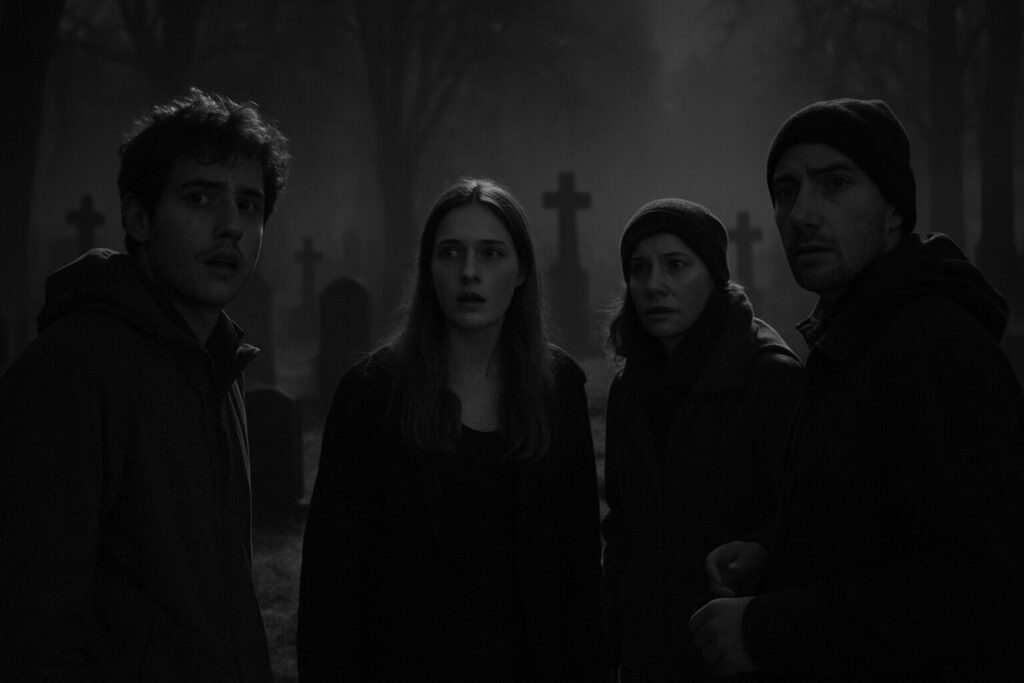
6. Don’t Eat or Drink Among the Dead
Having a picnic in a graveyard might sound quirky and Victorian, but it’s often seen as an act that invites disrespect—or worse. Some superstitions claim that eating near the dead allows spirits to “join” your meal, which could lead to possession or illness. Others suggest that food left behind becomes tainted with death.
That said, this tradition has its cultural exceptions. In Mexico’s Día de los Muertos, families gather in cemeteries to eat, sing, and celebrate with the spirits of their ancestors. In Eastern Europe, similar practices exist on All Saints’ Day.
The difference? These are ritualised, respectful events—not casual brunches. Know the context before you unpack the charcuterie board.

7. Don’t Take Photos Without Permission
With the rise of social media, cemetery photography has surged. Whilst it’s not inherently disrespectful, snapping photos—especially of other people’s graves—without permission can be deeply offensive. Some cultures believe it captures not only the image, but the spirit of the dead.
In Japan and some Native American communities, photography in sacred spaces is forbidden without ceremonial clearance. Even in the West, gravestones often mark private grief.
If you’re documenting cemetery art or architecture, go for it—but avoid posting personal headstones, mourners, or recent graves. And if you’re unsure, ask the caretakers.
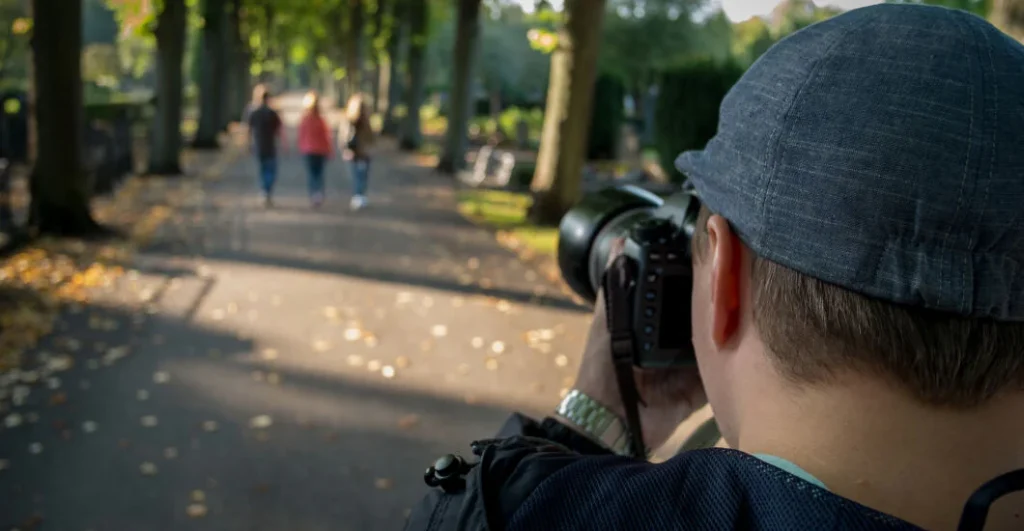
8. Cover Mirrors After a Funeral
This one isn’t technically about cemeteries—but it’s connected. In Jewish and some Irish traditions, all mirrors in the house are covered after a death. Why? So the soul of the deceased person doesn’t get frightened by seeing its own reflection.
Mirrors are believed to be portals or liminal spaces, capable of capturing wandering spirits. Some even believe that looking into a mirror after a funeral invites death into your home.
So if you’re coming home from a burial, and you catch yourself staring too long into a mirror… maybe just walk away.
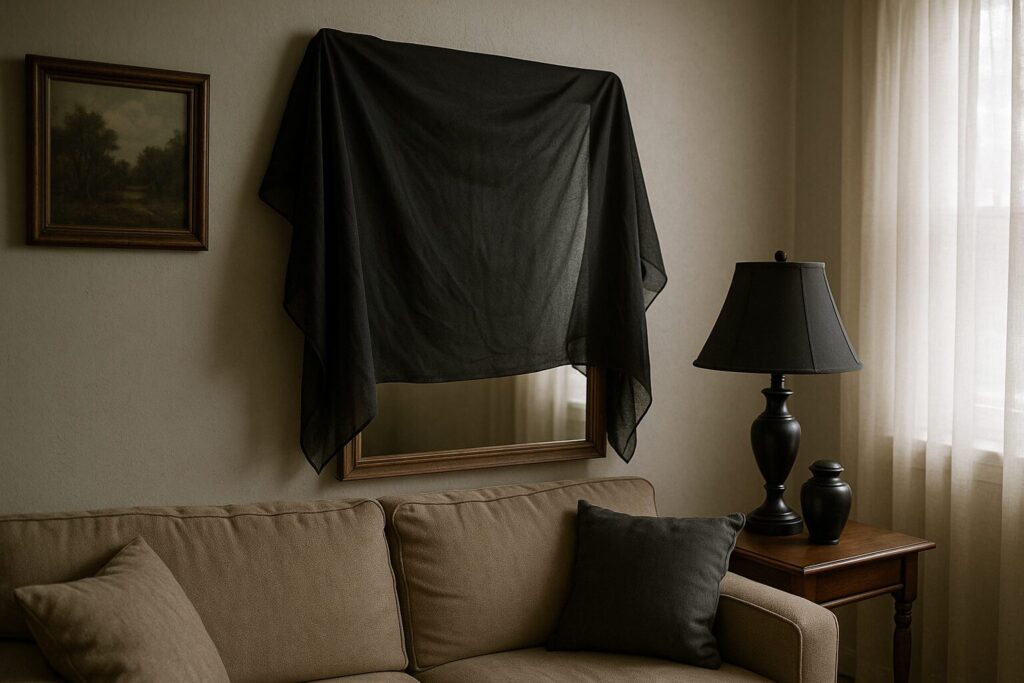
Bottom Line
Superstitions, whether you believe in them or not, serve an important cultural function. They’re not just about fear or fantasy—they’re about respect. Respect for the mysteries we can’t explain.
Respect for traditions that connect us to our ancestors. And most of all, respect for the idea that cemeteries are sacred spaces, not shortcuts or selfie spots.
As we navigate through these fields of stone and story, it’s always wise to tread lightly, speak softly, and remember:
the rules of the living don’t always apply to the dead.
FAQs
Because they are places deeply associated with death, loss, and memory. Many believe spirits linger near their resting places, especially if they died suddenly or tragically.
Yes—if done respectfully. Many people visit for historical, genealogical, or artistic reasons. Just follow etiquette and avoid behaviours that could upset mourners or the local community.
Apologise—either silently or aloud. In some traditions, touching the ground or offering a quick prayer is considered a respectful gesture of atonement.
Yes, but avoid recent graves, private messages, or mourners. If you’re unsure, check local cemetery rules or ask permission from caretakers.
Absolutely. Whilst beliefs vary, many people across cultures still observe old customs to show reverence, protect themselves spiritually, or honour tradition.

Leave a Reply